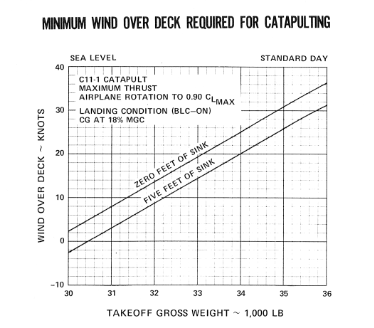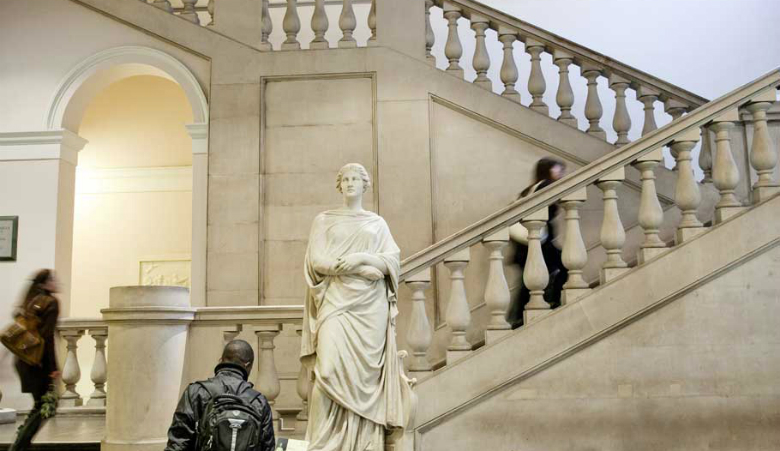- Joined
- 2 January 2006
- Messages
- 656
- Reaction score
- 236
We all know CVA-01 was scheduled to start building in 1966 and that F-4 Phantoms had been ordered as a stop gap replacement for the Sea Vixen following the cancellation of the Naval P1154.
So if the fateful decision to cancel the CVA-01 and dispose of the fixed wing carrier fleet hadn't occured, what was the planning regarding the existing carriers, aircraft etc, in the period between CVA-01 being ordered and entereing operational service ?
HMS Centaur was at that time deemed too small to operate larger front line aircraft and was then used as an Accomdation ship until scrapping, but if the carrier fleet still had a role, would she have been converted as per Albion & Bulwark or might she be sold off abroad as she was probably more capable than the Colossus/majestic ships being traded about.
HMS Victorious dumped for scrapping early following a fire during refit in a mess deck, but was supposed to carry on til 1969-72. Too small to operate Phantoms but would she have been viable for sales in the Early 70's given original age and mid life rebuild ?. Was to be replaced by CVA-01
HMS Hermes, became a Commando Carrier replacing Albion, as was too small for Phantoms and limited with the current Sea Vixen/Buccaneer & Ganet. Did see a note in 1966 concerning the replacement of the carrier fleet by F-111K EoS that Hermes might be used as an AEW carrier.
HMS Eagle - Recently modernised and refurbished, was expected to have refit to replace JBD's to enable Phantom operations, i suppose the same refit would have seen the replacement of the last 4.5" turrets to be replaced by deck edge extentions as per the Ark Rebuild. In this role would she have accompanied CVA-01 until replacement by CVA-02 or possibly CVA-03 ?.
HMS Ark Royal - unmodernised, but still a large carrier, was she to soldier on until the early 70's providing cover for Eagle during her refits using Sea Vixen & Buccaneer until she was replaced by CVA-01/CVA-02 ?. After which point she would have acted as a source of spare for Eagle (much as Eagle did for Ark following her withdrawl in 1972 ). I can't see them doing a refit to enable Phantom operations when the money would be needed for the new builds instead ?
Just I was wondering if anybody has seen relevant document to what the original intention was rather the rather different policy once the Carrier fleet was deemed surplus to requirements as most material tends to cover what happened ?
G
So if the fateful decision to cancel the CVA-01 and dispose of the fixed wing carrier fleet hadn't occured, what was the planning regarding the existing carriers, aircraft etc, in the period between CVA-01 being ordered and entereing operational service ?
HMS Centaur was at that time deemed too small to operate larger front line aircraft and was then used as an Accomdation ship until scrapping, but if the carrier fleet still had a role, would she have been converted as per Albion & Bulwark or might she be sold off abroad as she was probably more capable than the Colossus/majestic ships being traded about.
HMS Victorious dumped for scrapping early following a fire during refit in a mess deck, but was supposed to carry on til 1969-72. Too small to operate Phantoms but would she have been viable for sales in the Early 70's given original age and mid life rebuild ?. Was to be replaced by CVA-01
HMS Hermes, became a Commando Carrier replacing Albion, as was too small for Phantoms and limited with the current Sea Vixen/Buccaneer & Ganet. Did see a note in 1966 concerning the replacement of the carrier fleet by F-111K EoS that Hermes might be used as an AEW carrier.
HMS Eagle - Recently modernised and refurbished, was expected to have refit to replace JBD's to enable Phantom operations, i suppose the same refit would have seen the replacement of the last 4.5" turrets to be replaced by deck edge extentions as per the Ark Rebuild. In this role would she have accompanied CVA-01 until replacement by CVA-02 or possibly CVA-03 ?.
HMS Ark Royal - unmodernised, but still a large carrier, was she to soldier on until the early 70's providing cover for Eagle during her refits using Sea Vixen & Buccaneer until she was replaced by CVA-01/CVA-02 ?. After which point she would have acted as a source of spare for Eagle (much as Eagle did for Ark following her withdrawl in 1972 ). I can't see them doing a refit to enable Phantom operations when the money would be needed for the new builds instead ?
Just I was wondering if anybody has seen relevant document to what the original intention was rather the rather different policy once the Carrier fleet was deemed surplus to requirements as most material tends to cover what happened ?
G



